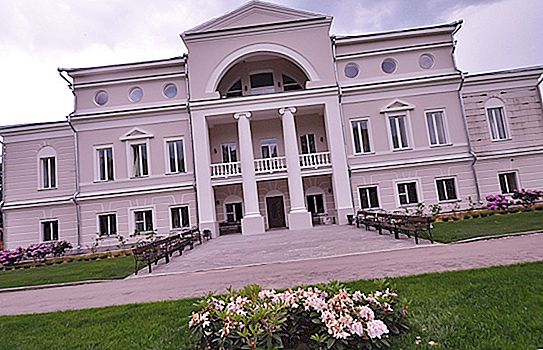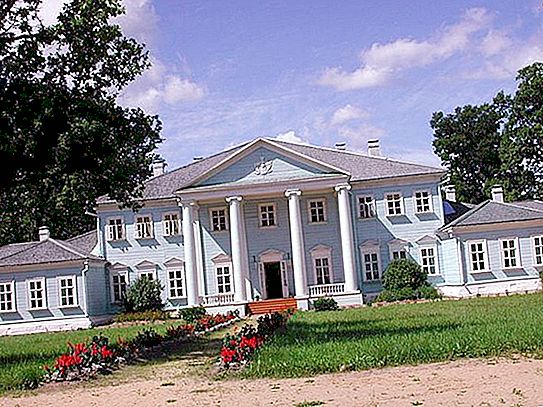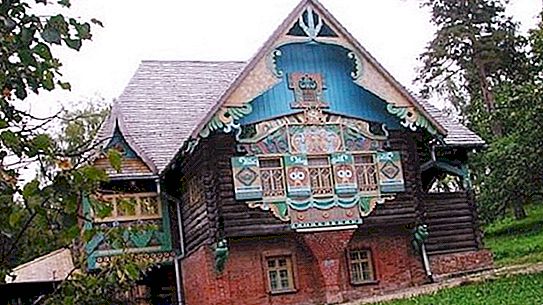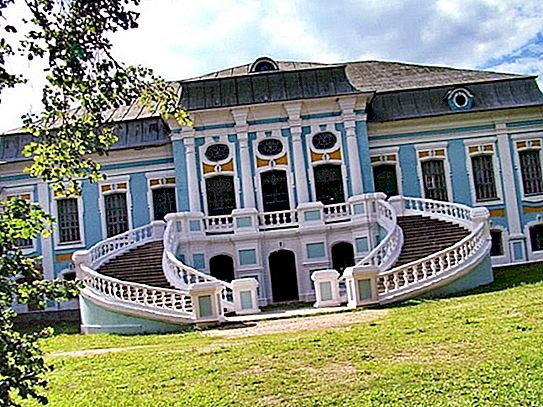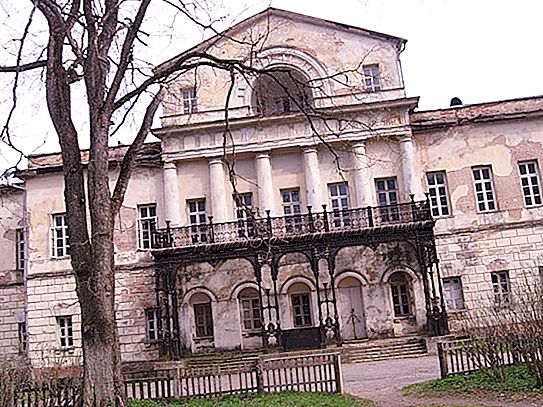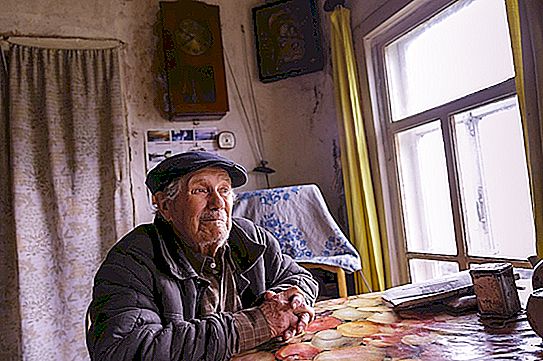The estates of Smolensk, like the city itself, are inextricably linked with the history of Russia. The province took third place, immediately after Moscow and St. Petersburg, in the number of nobles. In total there are 253 fully or partially preserved manors. From the list, which includes only 12 estates, you can get an idea of what was once here. From the rest there are only names.
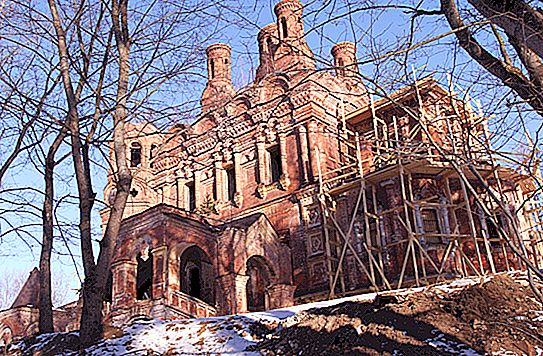
Manors of Smolensk
There is a catalog of estates, which contains the names of former owners, architects, but this is only on paper. The overwhelming reality is deplorable: the skeletons of churches and bells overgrown with moss and weeds, the empty sockets of dilapidated noble houses.
We are used to shifting all responsibility for the destruction of churches and estates to the Soviet era, but even today, mismanagement and indifference continue to destroy what remains. An example of this is the estate in the village of Vysokoye, where even 3 years ago it was possible to wander through floors that retained their former greatness. Today you will be met by the skeleton of the building.
Gerchikovo
The estate is located near Smolensk (25 km), in the village of Gerchikovo. The first owner is the Scottish general Alexander Leslie, whom Tsar Alexei Mikhailovich granted the estate near the city for the capture of Smolensk in 1654. He became the first governor of the city. The classicist stone house has two floors with a mezzanine. It was built in 1769-1774 by M.A. Korbutovsky, the husband of P. Leslie. In 1808, a stone church was built (today it is dilapidated), a park was laid in which ponds were dug.
Since 1860, the owners became Polyansky nobles, who owned 1000 acres of land and were leading an exemplary farm. The last owner is the rector of the Imperial Academy of Arts, sculptor V. Beklemishev. In Soviet times, there was a school, a health camp. Currently, the estate is privately owned. Outside the building has been restored, the internal layout is new. Here is the hotel-estate "Lafer".
Novospasskaya
This is one of the famous estates of Smolensk, the family estate of the great Russian composer M. I. Glinka. Currently, there is a memorial museum. It is located 22 kilometers from the city of Yelny, on the Desna River. In 1750, the estate was bought by the composer's grandfather. His father built a new house in it in 1810. In 1812, he was plundered by the French and became practically unsuitable for living.
I had to build again. After the death of the owner, the estate passed to her daughter, and then to her husband, who, not wanting to deal with it, sold the merchant Rybakov. He dismantled and sold the bar for the construction of the barracks. The manor house was restored by decision of the Union of Composers of the USSR in 1976.
In 1982, the Glinka Memorial Museum was opened here. The Savior Transfiguration Church was restored only in 1990 and is active. The decoration of the estate is a large park. It occupies the entire estate territory. Its creator is unknown. The natural border of the park is the Desna River.
Talashkino
The estate of Tenisheva in Smolensk is unique. It is located in the village of Talashkino, located 12 kilometers from the city. Since the 16th century, Polish noblemen Shupinsky owned the land. Since 1893, the estate belongs to Princess Maria Tenisheva, an artist and philanthropist. Struck by the beauty of these places, she decided to open an art and educational center.
At 1.5 kilometers from Talashkin, the princess purchased the Flenovo farm, where she opened art workshops. There were Russian painters S. Malyutin, N. Roerich, brothers Benoit, M. Vrubel, K. Korovin, I. Repin, M. Nesterov, the sculptor P. Trubetskoy, the famous composers I. Stravinsky and V. Andreev.
Until the First World War, it was one of the famous estates in Smolensk, the center of the artistic life of Russia. An agricultural school, embroidery, ceramic and blacksmith's workshop, apiary worked here. According to the project of S. Malyutin, a fabulous tower was erected, in which the school library and embroidery workshop were located. On the highest hill, the Church of the Holy Spirit is built. The project was completed by S. Malyutin, M. Tenisheva, I. Barshchevsky. The mosaic above the entrance to the temple “The Holy Savior Not Made by Hands”, as well as the interior painting, were made by N. Roerich.
Hop
There is currently a museum-reserve "Manor of the Griboedovs". A.S. Griboedov visited this estate, who called in to see relatives. The palace was built in Elizabethan Baroque at the turn of the XVII-XVIII centuries. Buildings of this style are considered rare. This palace was restored thanks to the efforts of the Soviet architect P. Baranovsky. In 1967-1988, the restoration was opened and the museum of A. S. Griboedov was opened, in 1999 a museum-reserve was formed on its basis.

